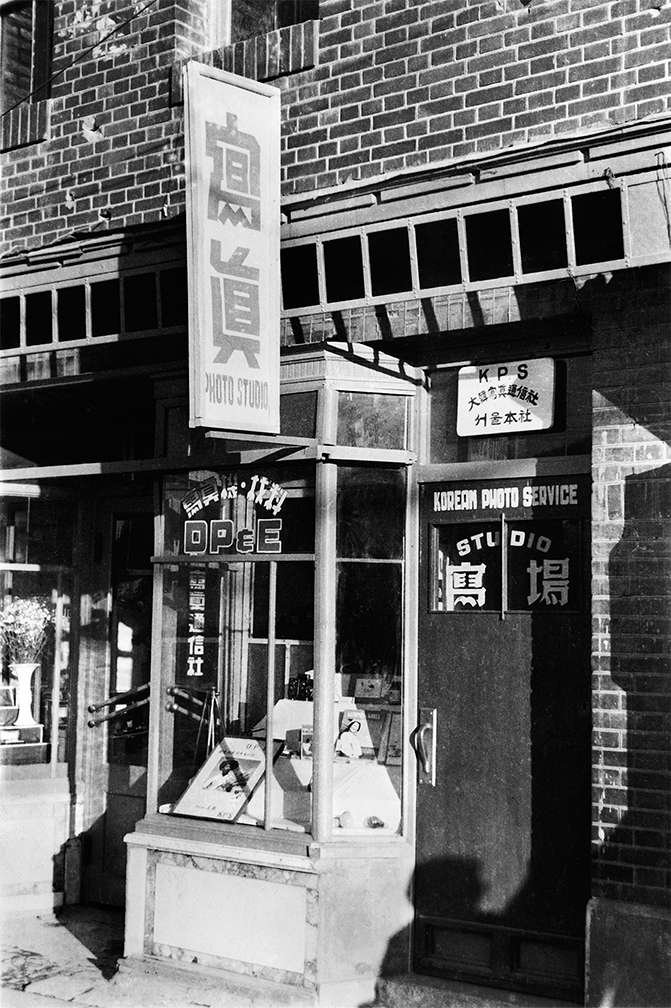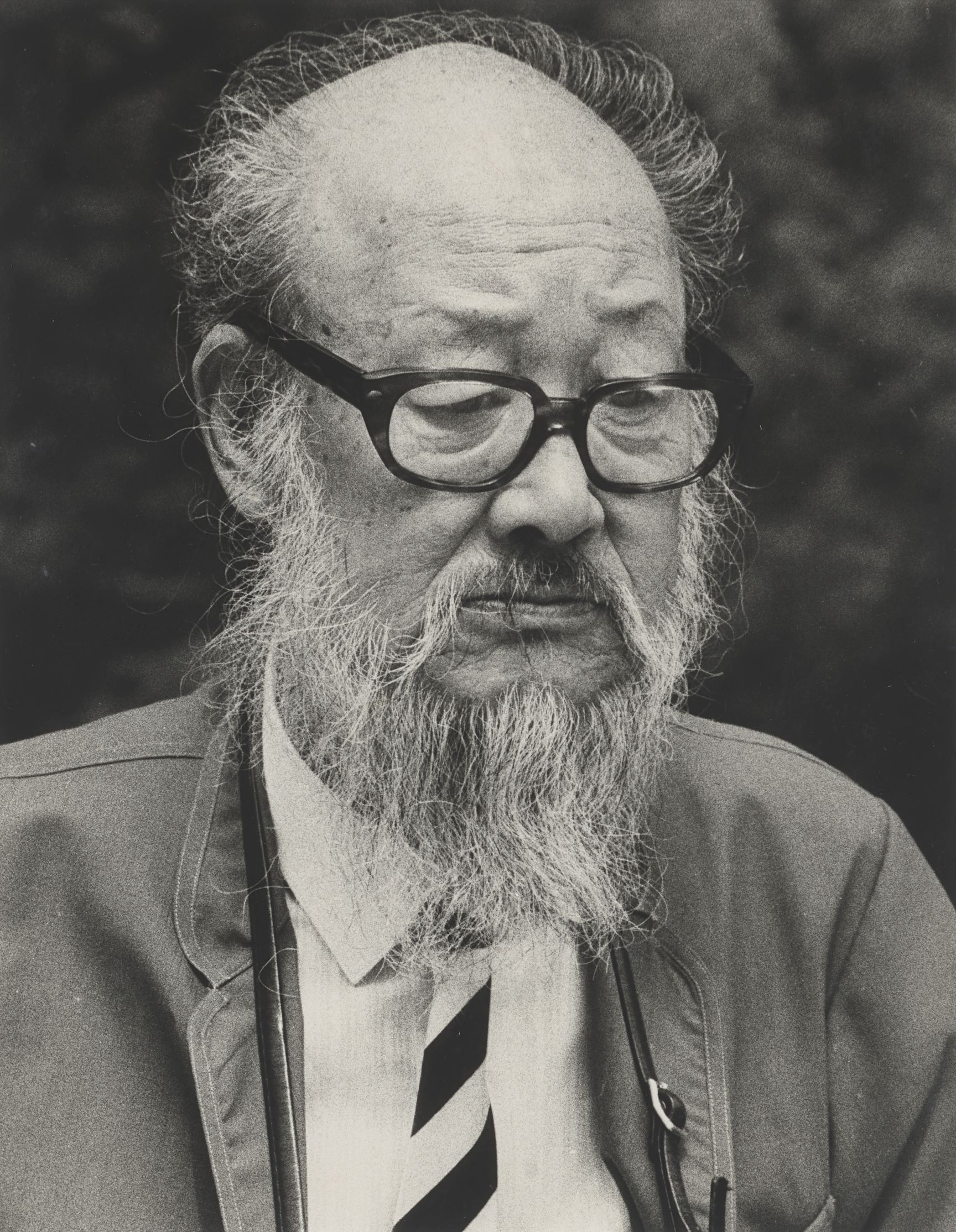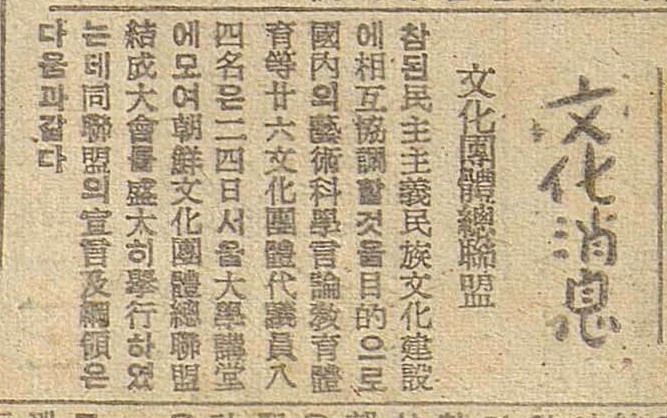
Lim Sukje, Loading and Unloading, 1947, Image provided by Chungam Archive
Lim Sukje
* Source: MMCA
Related
-

Korean Photo Service
The Korean Photo Service [Daehan sajin tongsinsa] was founded in June 1952 by Lim In-sik (1920–1998). It documented major government events and historical incidents, including the Korean War, and provided photographs to major news agencies abroad, including the Associated Press (AP). When the Korean War broke out, Lim led the photo unit under the Mental Strength Department of the Ministry of Defense. In May 1952, he left the army to establish Korean Photo Service, where he served as chief editor and editorial director. The office building of the Korean Photo Service was located on Namdaemun-ro 3-ga, Jung-gu, Seoul, and on the first floor was a photo shop and studio that sold photographic materials and equipment and provided developing and printing services. The Korean Photo Service was organized into several departments, with Park Jinsik serving as editor-in-chief, Moon Je-an as news director, and Jeong Doseon as chief of photography. The photography department included photographers such as Lim Sukje (the eldest brother of Lim In-sik) and Bang Samseong. The service captured images of important historical events in the liberated space, including photographs for the Republic of Korea Army, an English-language pictorial book published by the ROK Army Headquarters and distributed to UN member countries. Some of Lim's Korean War and 1950s photographs can be found at the Chungam Archive, run by his family. In 2013, Lim's family donated more than 1,000 pieces of his photographs and related materials to the Seoul Museum of History.
-

Hyun Ilyeong
Hyun Ilyeong (1903-1975) was a pioneer of early commercial photography and a prominent figure in the history of modern and contemporary Korean photography who explored a new language for everyday documentation. He went to Maedong Commercial School in Seoul and took classes in the English department at YMCA. In 1929, while living in Manchuria, Hyun submitted Megane Liver Oil to the International Commercial Art Photography Competition organized by Japan’s Asahi Shimbun newspaper company. Winning second prize, he was introduced to the photography world. He held his first solo exhibition in 1931 in Dalian, Manchuria and later held his second solo exhibition in Pyongyang, which led to voluminous creative activities. In 1932, he moved to Seoul and opened Hyun Ilyeong Photo Studio on Jongno 2-ga, where he worked as a commercial photographer. In 1935, he went to Japan to study at the Oriental Photography School. In 1946, shortly after Korea’s liberation from Japan, he founded the Portrait Photography Research Society of Seoul [Seoul insang sajin yeonguhoe] along with Kim Gwangbae, Park Pilho, Lim Sukje, and others, and served as president. In 1947, he was dispatched to Ulleungdo and Dokdo Islands on an academic research mission organized by the Joseon Mountaineering Club and sponsored by the Ministry of Education, where he photographed the landscapes of Ulleungdo and Dokdo with Choi Kyebok. Starting with his third solo exhibition held in 1956 at Dong Hwa Gallery in Seoul, Hyun immersed himself in the possibilities of photography as an art form and captured ordinary objects and scenes of everyday life with a personal and lyrical approach. In particular, his photographs capture simple things in daily life, including a clock, calendar, ashtray, and a pack of spools, from a contemplative point of view and express them in a neat black-and-white photographic language. His last solo exhibition was held in 1972. After his death, in April 1984, the photographer Joo Myungduck, the photography researcher Choi Injin, and others held an exhibition of posthumous photographs by Hyun Ilyeong at Hanmadang Gallery in Junghak-dong, Seoul. Sigak Publishing published Hyun Ilyeong: 1903–1975, a collection of his posthumous photographs.
-

Joseon Art Photography Association
A prominent photography group that formed on 5 March 1946, after Korea was liberated. The group united members of the Gyeongseong Amateur Photography Club and Baekyang Sauhoe, two groups that were active during the colonial era, as well as other photographers active around the country, and it grew into a national photography institute. The institute maintained an office in Munjeonyanghaeng, Myeongdong, Seoul, and it comprised 58 members. The leadership of the institute comprised 11 members, including the president, Park Yeong-jin, and vice presidents Lee Hae-seon, Park Pil-o, Heon Il-yeong, and Jeong Do-seon. Through its official manifesto, the institute made clear its goals: Conducting research on reality and theories of the art of photography; absorption of high-quality art from both at home and abroad; and, improving national culture through photography. The institute held the 1st Art Photography Exhibition at the Dong Hwa Department Store in May 1946. After the Republic of Korea was founded, the group was renamed as the Daehan Art Photography Institute. In 1956, the group was renamed once more as the Daehan Art Photographers Association, and it continues to use this name today.







